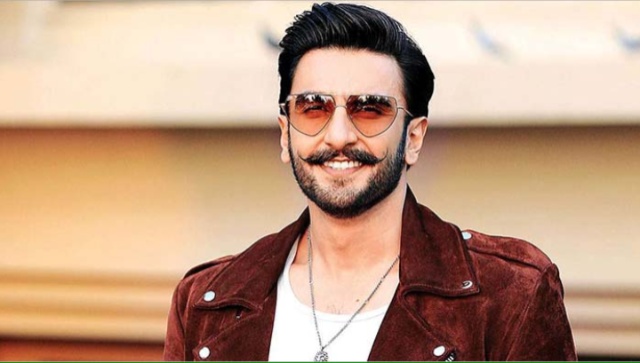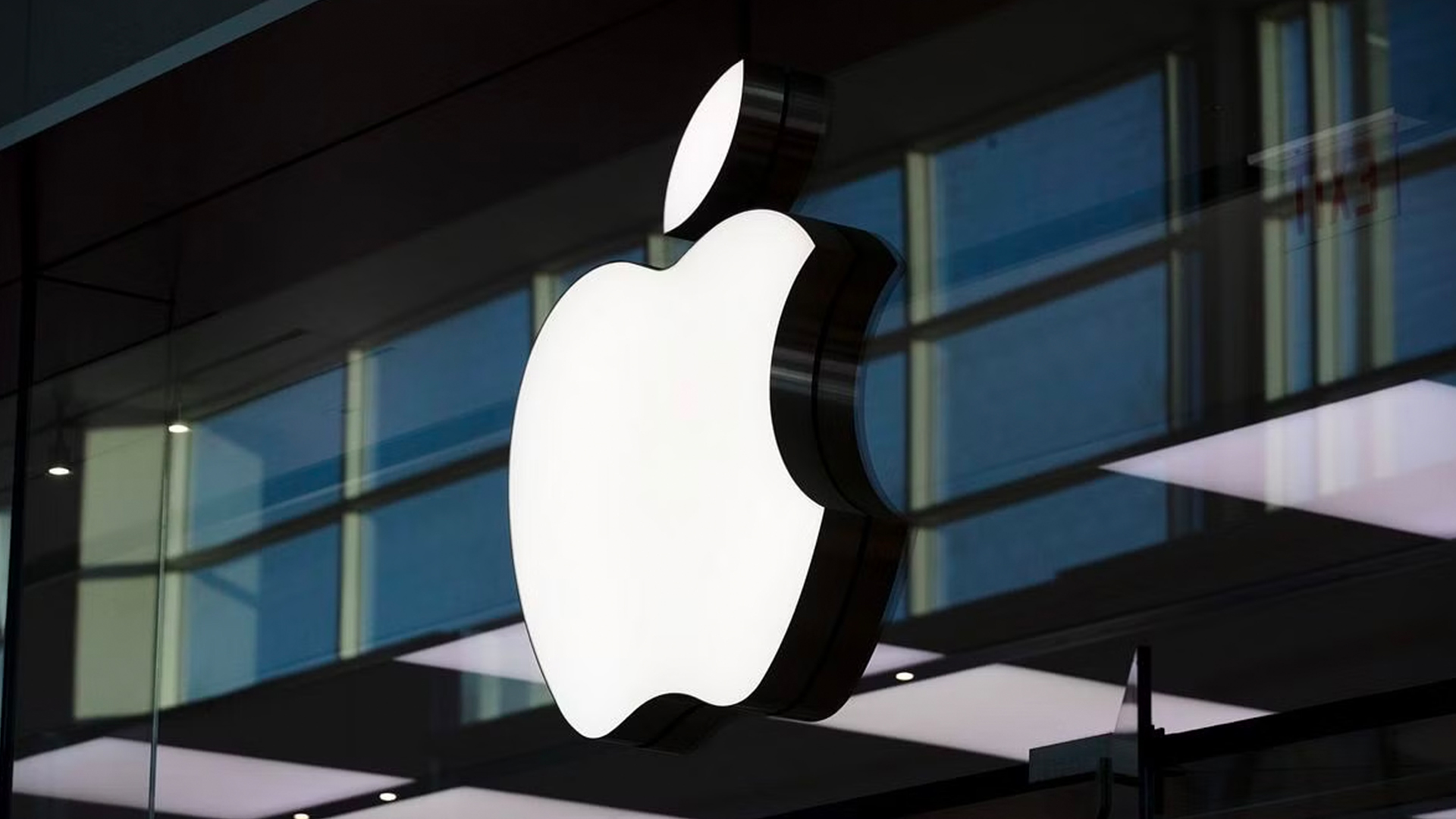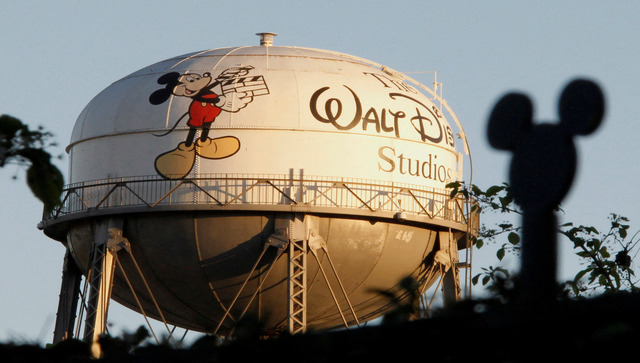When I was a boy, at the cusp of the new millennium, superheroes were still very much a subculture. There was no internet yet, and the only place to buy comics in Bombay was to go lurking about the roadside book-wallahs near Flora Fountain, searching for tattered volumes of old Golden Age titles. Occasionally, lending libraries like Metsons and Shemaroo managed to get their hands on disjointed issues of the X-Men and the Justice League and the Legion of Super-Heroes which you could borrow briefly if you were a member, for three bucks a pop.
It was here that I first encountered Superman and Batman, Spider-Man and the Hulk. This was the Post-Crisis Era, the age of the Brave and the Bold, before reboots and cross-overs became the fashion. Batman had only just begun to retreat into darkness, and Superman was still the eternal boy scout, fighting for truth and justice against Luthor and Braniac and the very silly Mister Mxyzptlk. Guy Gardner was the Green Lantern of Earth, and Keith Giffen was doing very odd things with the JLI. Characters like Blue Beetle and Booster Gold, Lobo and Ambush Bug, were changing the very notion of what superheroes were meant to be, not merely one-dimensional, omnipotent beings, but rather bumbling, argumentative individuals who were in the end, altogether human.
My one lament, I remember, was that we had no Indian superheroes as such. Perhaps it was the fact that India was a relatively young country, and the shadow of our national heroes stretched long and far, Gandhi and Nehru and Patel, standing monumental in the public consciousness, seemingly as insurmountable as titans. Perhaps it was the preponderant popularity of Bollywood that had crippled our collective imagination, the personality cults of the Bachchans and the Khans that made superheroes seem somewhat demode. Or maybe it was the enduring presence of history and religion, those two bastions on which the Indian way of life is built, that made paper heroes seem utterly flimsy.
Sure, there were characters like Nagraj and Doga but they seemed amateurish at best when compared to what the Americans were churning out, month after month. Mandrake and Tarzan and the Phantom were part of our lives, but they weren’t quintessentially Indian. Neither was Tintin or Asterix, or Rip Kirby or Modesty Blaise. No, what was missing was a truly sub-continental protagonist, a ‘brown’ hero who epitomised the very essence of India, who made each of us believe that we could be more than ordinary, even if we were dark skinned, even if we were not American.
That changed on 27 September 1997. That Sunday, at 12 pm sharp, the first episode of Shaktimaan was broadcast on Doordarshan. It chronicled the adventures of Pandit Gangadhar Vidyadhar Mayadhar Omkaar Naath Shastri, a bespectacled, buck-toothed nerd who masters his yogic shakti and is infused by the five elements after a Kundalini ritual, thus becoming able to transform into a very Vedic Ubermensch, blessed with super-speed, super-strength, invulnerability, telepathy and telekinesis, not to mention whatever other powers the writers of the show decided to give him that week.
It was obviously a copy of Superman, right down to his susceptibility to kryptonite, which in this case was a celestial crystal called ‘papmani’. The end result was rather tacky, from the lame costume which made Mukesh Khanna look like an extra from an Ed Wood film, to the truly dreadful special effects. Nevertheless, in spite of the plot holes and the inane acting, we found ourselves drawn back week after week, quite simply because it let us, as children, escape for a few minutes, retreat into the realm of pure imagination. Also, it had Kitu Gidwani starring as a very comely reporter, and for a teenager trapped in the throes of puberty, that was reason enough to tune in.
A year later, in 2008, Ketan Mehta, always original, reinvented Flash Gordon as Captain Vyom. Much as I hate to admit it, I was about as ardent a Vyom-ite as you can imagine. This was Ketan Mehta’s frizzy haired madness at its finest. You had Milind Soman running about channelling William Shatner, hamming it up with a devil-may-care grin while waving an over-sized NERF gun about shamelessly. But it was the villains that made Vyom so much fun, stellar actors like Rahul Bose who played an interstellar super-sociopath with almost Websterian blood-thirstiness, not to mention Madhu Sapre and Nethra Raghuraman strutting about clad in extremely tight cosplay outfits. True, just like Shaktimaan, the storyline was shaky and the SFX amateurish, but Vyom had an addictive campiness to it, a Harryhausen quality not unlike the Sinbad films or Adam West’s Batman, which kept viewers glued to the screen. It was rather terrible, but in a marvelously unabashed way, like Shakespeare in Punjabi, strange and outlandish but still undeniably entertaining.
Fast forward some 20 years later, and superheroes are now very much en vogue. What was once dismissed as a primarily American preoccupation by our parents have become part of the global zeitgeist, and a massively profitable one at that. Marvel and DC blockbusters gross billions each summer. On television, shows like Arrow, Gotham and The Flash are watched by hordes of eager fans each week, and Disney’s merchandise earns more than the GDP of most third world nations.
As for superheroes of South Asian origin, there are now three X-Men of Indian origin. Neal Shaara, codenamed Thunderbird, is a powerful pyrotechnic who can transform his body into solar plasma. Karima Shapandar, better known as Omega Sentinel, is a police officer who was tranformed into a cyborg and can fly and project eloctrostatic forceblades from her hands. Timeslip (Rina Patel) is a mutant who can swap her consciousness with any of her past or future versions, thus travelling through time. There are even a couple of Pakistani superheroines, most noticeably Kamala Khan, the new Ms Marvel, whose adventures won the Eisner, Hugo and Harvey Awards in 2015. In the DC Universe, Kiran Singh (Solstice) fights crime side by side with the Teen Titans. Aruna, a shapeshifter of Dalit origin, first made an appearance in Batgirl, and Celsius (Arani Patel), arguably the first Indian Asian superheroine to appear on the pages of a comic book, has been a key member of The Doom Patrol since 1977. Perhaps the most famous indian DC character is Jinx, a sorceress who can manipulate the elements and prefers to use her magical abilties not for good, but for evil.
On the big screen too, the Indian superhero is slowly but surely making his presence felt. After somewhat unsophisticated experiments like Krissh and Ra.One, it seems at last that movie-goers are soon to be greeted by a spate of homegrown supermen. Shaktimaan is due to make his big comeback very soon, and if rumor is to be believed, Milind Soman will be making a requiem performance of Captain Vyom in a reboot of the series. Anurag Kashyap is said to be working on a Doga film, and Stan Lee’s Chakra the Invincible is being scripted as a movie by Vikramaditya Motwane of Lootera fame. Most exciting of all, it seems Mr India will soon return to the big screen, in the aptly titled, Mr India Returns.
What remains to be seen is whether these characters will be able to compete with American icons like The Avengers and Batman. Not only do they have a 50 year head start, but their mythologies have become firmly entrenched with Indian audiences, making the obstacles faced by Indian filmmakers seemingly insurmountable. As Imtiaz Ali, a prominent director, said in an interview a few months ago, it is dismaying that Indian children are relating to Hollywood superheroes more readily than to Indian ones. The only way that this can be changed is by breaking away from the hackneyed tropes that have become so well established and inventing a generation of authentic, original characters that reflect the ideologies and values of ‘New India’, not serve merely as pale imitations of Western conventions.
A fine example of how Indian mythology can be infused with popular culture is Sanjay’s Super Team, a Pixar short directed by Sanjay Patel, where he reinvents Hindu gods as superheroes in a stunning blaze of bold imagery and vivid animation. Not only does this Oscar-winning short film pay homage to classical animation with great aplomb, but it also manages to showcase exactly how effectively the rich tapestry of Indian myth can be translated into compelling cinema. If only Indian filmmakers can find a similar, albeit elusive balance between the epic and the mundane, then it is only a matter of time before the long awaited otaku dream of an Indian Justice League or a desi Avengers will finally manage to come alive as well-scripted, glossy reality.


)




)
)
)
)
)
)
)
)